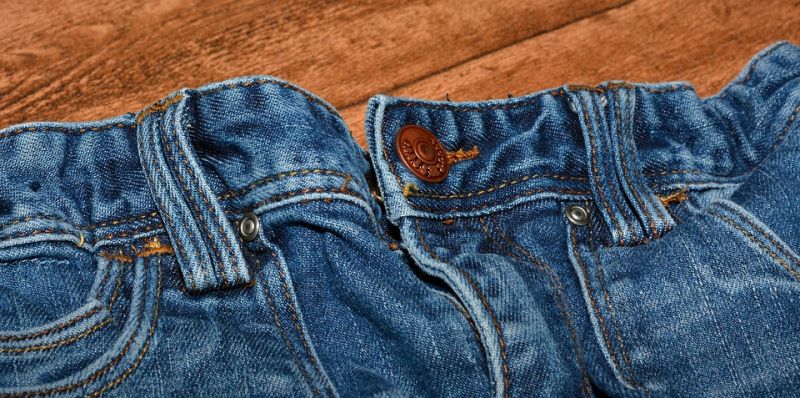Everlane's Sustainable Denim
Published on by Water Network Research, Official research team of The Water Network in Business
Making a pair of jeans creates massive pollution. But Everlane found a factory where denim by-product is turned into bricks and polluted water is filtered.
“Denim is a really dirty business,” says Michael Preysman, founder and CEO of Everlane, an online clothing retailer known for transparency in pricing and manufacturing processes.

The dark side of denim manufacturing has been on Preysman’s mind over the last few months. He’s been delving into the global supply chain to find a way to make denim as sustainable as possible. It hasn’t been easy, but after visiting thousands of factories around the world–and stumbling on an enlightened factory owner–Everlane is launching its first-ever line of jeans on September 7.
The fashion industry is among the most polluting in the world, but making denim–a $60 billion global market–is particularly terrible for the environment because it pollutes the water. On average, it can take up to 10,000 liters of water to make a single pair of jeans. In most factories, the majority of untreated waste water–full of dyes and other chemicals–goes back into rivers and the ocean.
During the denim production process, cotton is dyed with indigo until it is a midnight blue color. In the factory, the indigo is then washed and rewashed until it reaches the desired color. “I think what most people don’t realize is that a light pair of denim jeans started out as a really dark denim,” Preysman says. “They had to take regular cotton, make it really dark blue, then wash it all out to get back the light color.”
In Xintang and Gurao, cities in China that are hubs of global denim manufacturing, the water and soil is now dangerously polluted. Greenpeace found five heavy metals (cadmium, chromium, mercury, lead, and copper) in 17 out of 21 water and sediment samples in these regions. In one area, the amount of cadmium exceeded China’s national limit by 128 times. Locals in this region have higher levels of reproductive and fertility problems than the national average, and many die of chemical poisoning.
When the clean water is extracted from the polluted liquid, what is left is a thick by-product that has the consistency of cake batter. Saitex combines this material with cement to create bricks that are used to create homes for people in need. Saitex is now working with other factories in the area to process their waste, which could develop into a new revenue stream.
But Preysman believes that sustainability can’t end at the factory. It has to extend to how the consumer uses the product. Together with his design team, he’s worked to create a pair of classic jeans that will outlive trends and will not easily wear out.
Read full article: Fast Company
Attached link
https://vimeo.com/96403083Media
Taxonomy
- Water Footprint
- Water Footprint Research
- Water Management
- Consumption
- Textile Machinery
- Textile
- Integrated Water Resources Management (IWRM)